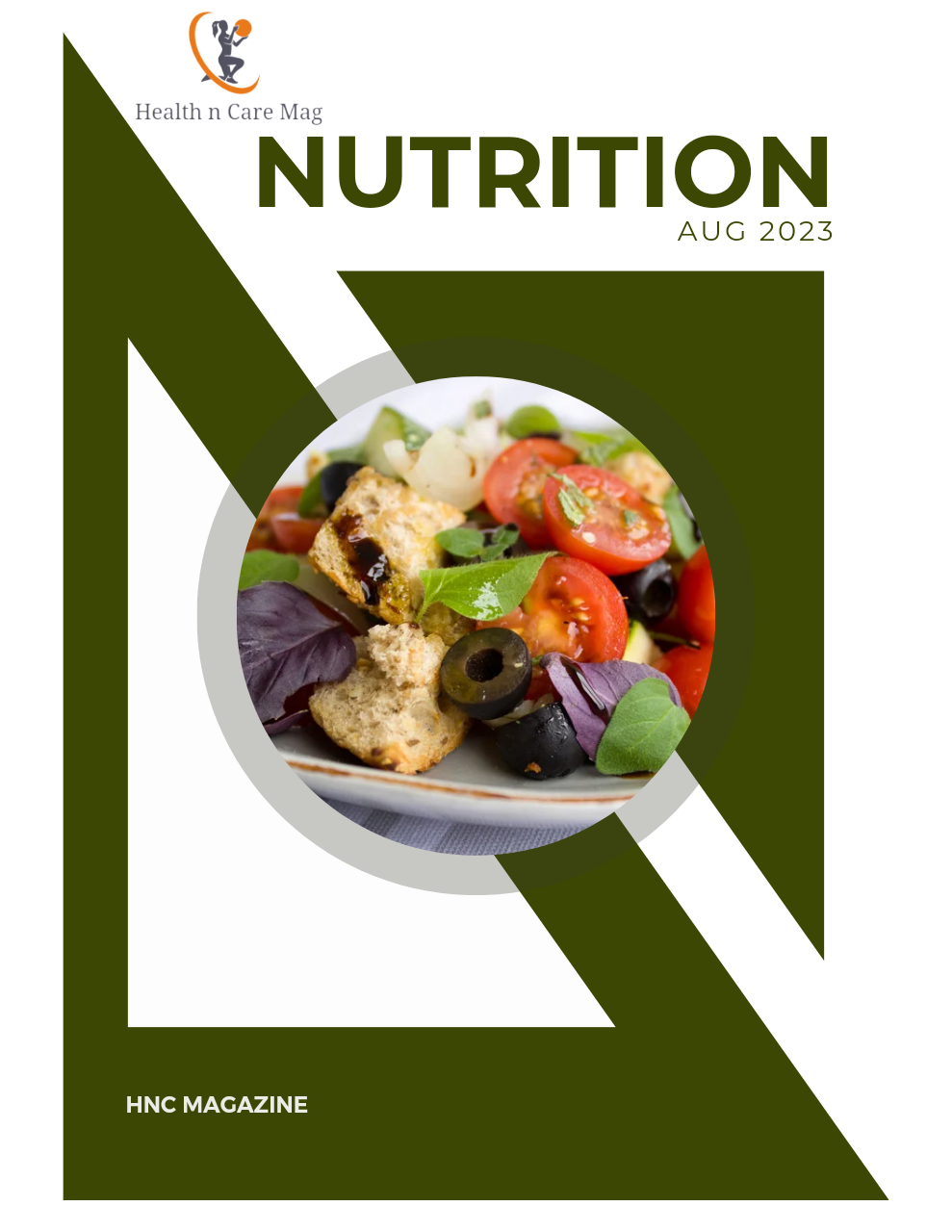Adult And Pediatric Drug Dosage For Many Different Medical Ailments
By Bryan Hill
Naproxen belongs to the class of Non-steroidal anti-inflammatory drugs which is used to reduce conditions of pain and inflammation caused by a variety of medical conditions. It was originally marketed as a prescription drug, however the USFDA in the year 1994, approved its use as an over-the-counter drug.
Medical uses: Naproxen has proven to treat a range of medical conditions including osteoarthritis, ankylosing spondylitis, acute gout, arthritis rheumatoid, bursitis, tendinitis, pain and dysmenorrhea.
Naproxen dosage: Naproxen dosage will be different from one individual to another, and is determined by various factors, for example age, gender, medical condition receiving treatment, other medical conditions the sufferer currently have, and other medications presently taken by the sufferer.
Adult Naproxen dosage for the following medical conditions is as follows:
1. Dose for Osteoarthritis, ankylosing spondylitis, and arthritis rheumatoid: Initial dosage of 250 to 500 mg of Naproxen is given orally twice daily. A maintenance dose of 1500 mg of Naproxen is given in two divided doses for a period upto 6 months.
2. Dose for acute gout: An initial dosage of 750 mg Naproxen is taken orally once daily, followed by a 250 mg Naproxen taken every eight hours until the gout attack is being resolved. This dosage form usually continues for a time period of 2 to 3 days.
3. Dose for bursitis, tendonitis, dysmenorrhea and pain management: The Naproxen dose for the treatment of bursitis, tendonitis, and dysmenorrhea is 250 mg given every 6 to 8 hours. However, total dosage should not exceed 100 mg of Naproxen.
Geriatric naproxen dosage for pain management is 250 mg tablets taken every 8 hrs.
Pediatric Naproxen dosage for pain, and fever in children above 24 months of age, is 2.5 to 10 mg per kg/dose. However, the maximum dose is 10 mg/kg bodyweight, given every 2 to 12 hrs.
Pediatric Naproxen dosage for juvenile arthritis in children above 2 years of age is 5m per kg body weight, given twice a day, with a maximum dosage of 1000mg/day.
In summary:
Naproxen is a NSAID, which treats a number of medical conditions in both adults and children. However, the appropriate dose to treat a medical condition is different from individual to individual depending on various factors. The most common dose of the medication is 250 to 500 mg of Naproxen, taken 2 times a day.
As with all prescription drugs, Naproxen can cause numerous side effects, depending on the individual. It’s proven to cause abrupt bleeding, irritation, perforation, and ulceration in the GI system.
Pain sufferers, you’ll discover Naproxen dosage details as well as a list of NSAID unwanted side effects on our website at http://naproxendosage.org/ right now.



